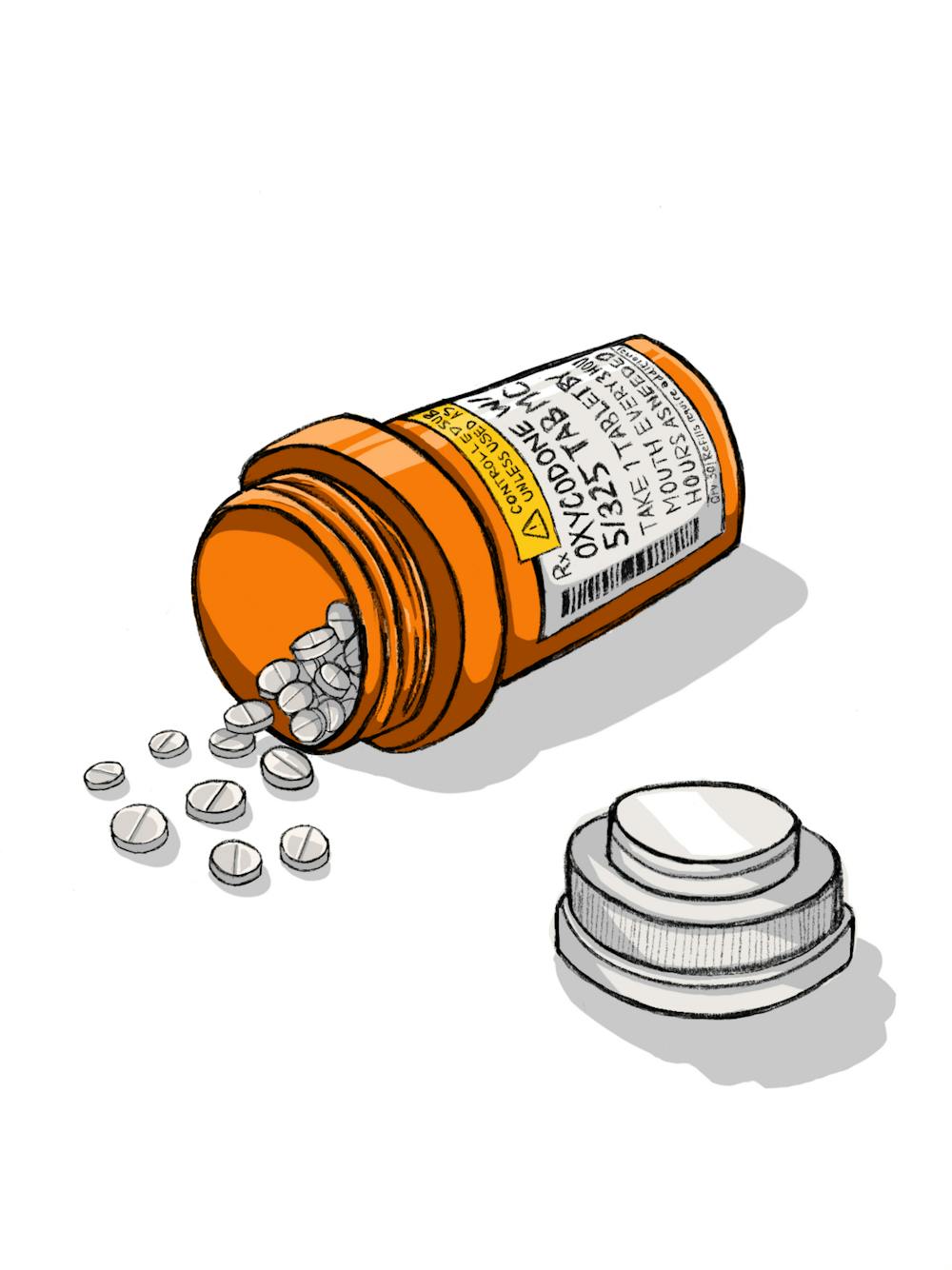Amid a series of nonfatal overdoses in Woonsocket caused by fentanyl, public health officials are doubling down on prevention measures.
The city saw 12 nonfatal opioid overdoses in the six days preceding Thursday, prompting the Rhode Island Department of Health to issue an overdose spike alert for “sustained, increased nonfatal opioid overdose activity” on Friday. The alert follows an earlier public health advisory released on Sept. 24 regarding the “high rate of drug overdose in Woonsocket,” as well as an earlier spike alert on Oct. 2.
RIDOH’s Integrated Surveillance System, which tracks nonfatal opioid overdoses, recorded 376 overdoses for every 100,000 Woonsocket residents in the past six months — twice as high as the statewide rate.
“It’s tragic,” Christa Thomas-Sowers, director of community outreach and overdose prevention at Woonsocket nonprofit Community Care Alliance, said in an interview with The Herald. “It really shouldn't be happening. In this day and age where we have solutions to the overdose epidemic, … it’s really frustrating.”
Mickey M., a person experiencing homelessness from the Providence area who has previously used opioids, said the opioid crisis has had a devastating impact on her life.
“It is scary. You know, I’ve overdosed nine times in my life. I’m still here for a reason, but I can’t tell you how many times I’ve saved someone’s life, and it is the scariest thing to go through,” she said.
Mickey M. emphasized the crucial care that social service organizations, like House of Hope and Better Lives, provide for Rhode Islanders. She also pointed to community among unhoused people as an important source of support.
According to RIDOH Spokesperson Annemarie Beardsworth, fentanyl is a key player in exacerbating overdoses in Woonsocket. She said that the Rhode Island Forensic Drug Chemistry Laboratory has detected fentanyl in samples of counterfeit pills, as well as other unexpected substances such as xylazine and methamphetamine.
“People are buying … pressed pills off the street,” Thomas-Sowers said. “So people are often coming across fentanyl or other cuts of an opiate that are cut into a drug that they’re not expecting it to be.”
While the contaminated drug supply explains some of Woonsocket’s high overdose rates, other contributing factors remain complex and difficult to untangle, Thomas-Sowers added. She cited Woonsocket’s high child abuse and neglect rates compared to many other Rhode Island municipalities as a possible driver of future drug misuse.
Part of Thomas-Sowers’s work involves making sure people who are currently using drugs have access to naloxone, a lifesaving overdose reversal medication commonly known by the brand name Narcan.
Thomas-Sowers noted that the retention of front-line workers is essential to combatting the overdose crisis. “If we want to really keep chipping away at this problem, we need to … make sure that (treatment) programs (are) … able to do the things that they need to do without restriction,” she added.
According to Beardsworth, RIDOH and several other Rhode Island organizations plan on hosting a forum in mid-October, collaborating with health care professionals and municipal leaders to share information about overdoses in Woonsocket.
“This forum will offer an opportunity for community stakeholders to voice concerns and discuss any barriers to accessing lifesaving resources,” Beardsworth wrote in an email to The Herald. “The ultimate goal is to plan a community-level, unified response to strategically address the high rate of overdose burden in Woonsocket.”
Woonsocket Mayor Christopher Beauchamp is currently working with Blackstone Valley Prevention Coalition, a statewide organization focused on mental health accessibility and youth overdose education.
“We believe education at school level is vital to making young people … aware of the situation,” Beauchamp wrote in an email to The Herald. “The city council allocated $250,000 to BVPC to work with the schools to educate the students about the dangers of the opioid epidemic.”
Woonsocket City Council President John Ward also emphasized the importance of using federal and state grants to finance overdose prevention efforts.
“We need to work closely with our network ... to assist those harming themselves, whether intentionally or accidentally,” Ward wrote in an email to The Herald.
Thomas-Sowers pointed to increased housing and rehabilitation infrastructure as a top priority. “We need more treatment beds, we need more detox beds, we need all of those places to be better,” she said.
She also stressed the importance of working directly with people who actively use drugs when creating infrastructure to address the drug overdose crisis.
Thomas-Sowers added that she is “grateful” that the city “has an administration that is open to creative solutions for the housing crisis.”
“But at the same time, we really need to create infrastructure that is designed for people who are in active drug use,” she said.
Highlighting her experience working with a client who has overdosed 75 times, Thomas-Sowers added that while the job gets hard, “these people just wouldn’t be here” without front-line workers.





